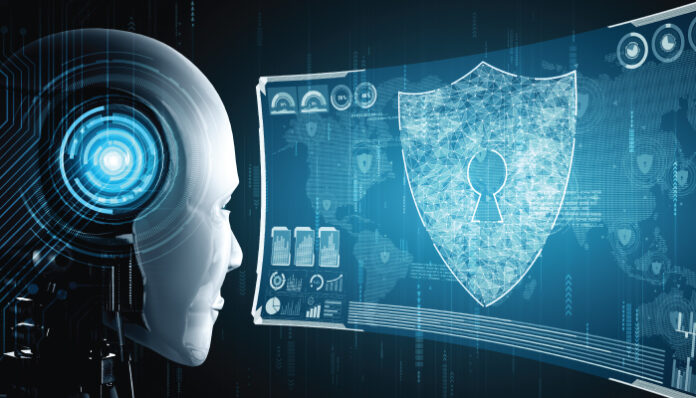Enterprise leaders have expanded teams and increased their security budgets, but to augment security teams with data and Artificial Intelligence is relatively new. Businesses can strengthen their security by utilizing smart cyber AI technologies.
Over the past few years, there has been a significant transformation in the cybersecurity landscape. Undoubtedly, many of these recent developments were influenced by the global pandemic. Smart cyber AI technologies are a big step in the right direction, but IT experts and security teams still have to navigate through uncharted waters.
Enterprise Attack Surfaces Are Expanding
As enterprises relied on smart cyber AI technologies and digital progress accelerated, the enterprise attack surface expanded exponentially. In the past, most businesses relied on VPNs, endpoint antivirus software, and network firewalls to protect their perimeters. However, with today’s innovative and sophisticated threat actors, traditional defenses are ineffective.
The ever-expanding attack surface is largely to blame, along with the significant and lasting shift to hybrid and remote work during the pandemic. The attack surface is significantly broadened by the remote work approach, partly because external networks are rarely as secure as companies would like them to be.
Also Read: Strengthening Cybersecurity Posture after Successful Cloud Migration
Addressing Cyber Threats with Smart Cyber AI Technologies
Cybersecurity is unique because the majority of people, business leaders, and their teams frequently approach data protection defensively. And this method is unquestionably one way to go about things. This strategy makes perfect sense; given that they are just now becoming aware of some of the most sophisticated operations carried out by hackers.
D&O Are More Accountable for Cybersecurity
It’s important to note that Directors and Officers (D&O) were under heightened pressure to effectively manage cybersecurity risks due to higher security spending and the quick adoption of more sophisticated defenses across the board. For instance, if a data breach happened, leaders would be severely impacted by a shareholders’ lawsuit. Many businesses use D&O insurance to cover cyber liability claims in these situations.
As there is a greater fiduciary duty on the C-suite to maintain effective cyber controls through industry regulations and requirements, there are more, still small but increasing, cyber claims that bleed into D&O through shareholder action today.
Defense Strategies Utilizing AI That Succeed When Human Analysis Fails
Artificial intelligence keeps up with new technological advancements and rising cyber threats. Unluckily, people fall short when it comes to securing enterprise attack surfaces. However, IT and security departments can benefit from the invaluable threat identification and analysis provided by AI.
AI detects threats by prioritizing and validating real threats. It can respond to the threat quickly and effectively, focusing on the identified attacks before they materialize into a full-blown reality. These improved security processes reduce breach risk and make businesses more secure and defense-ready.
One strategy for taking on cybercriminals head-on is to arm security teams with AI defense strategies. However, there is also a proactive method. Without question, combining the two provides a powerful one-two punch against cyber threats.
AI Systems Have Many Benefits, But They Can Have Drawbacks
A few benefits of Artificial Intelligence have been established, but a few drawbacks prevent certain businesses from adopting the technology.
For instance, using AI systems necessitates a vast number of data sets. These resources are expensive, and obtaining them demands a sizeable monetary investment and time-intensive commitment that security teams and businesses cannot always afford.
Also Read: Reasons why Healthcare IT Infrastructure is a Prime Target of Cybercriminals
Cybercriminals can leverage AI systems against an organization, studying their malware and devising more advanced attacks. Furthermore, AI systems are not always error-free. They occasionally yield inaccurate results, which can backfire and cause more problems for security teams.
Leveraging AI to Combat AI-Driven Cybercrime
The key to success is using predictive risk analytics to get ahead of risk. In addition to enhancing existing security measures, smart cyber AI technologies also map out threat trends by contextualizing data. These AI systems record initial data in order to later produce risk insights.
Most businesses have a wealth of data, yet the potential of this data is often untapped. Rarely is valuable historical data used, much less turned into a potent AI-driven tool to combat cybercrime. Naturally, one of the first stages in enhancing security teams should be utilizing this pool of information. When leaders are fully aware of what they have in their arsenal, data and machine learning move more fluidly.
From here, businesses can build on smart cyber AI technologies and perform actionable intelligence, paving the way for a safer future for themselves, their ecosystem, and their customers.
For more such updates follow us on Google News ITsecuritywire News. Please subscribe to our Newsletter for more updates.









